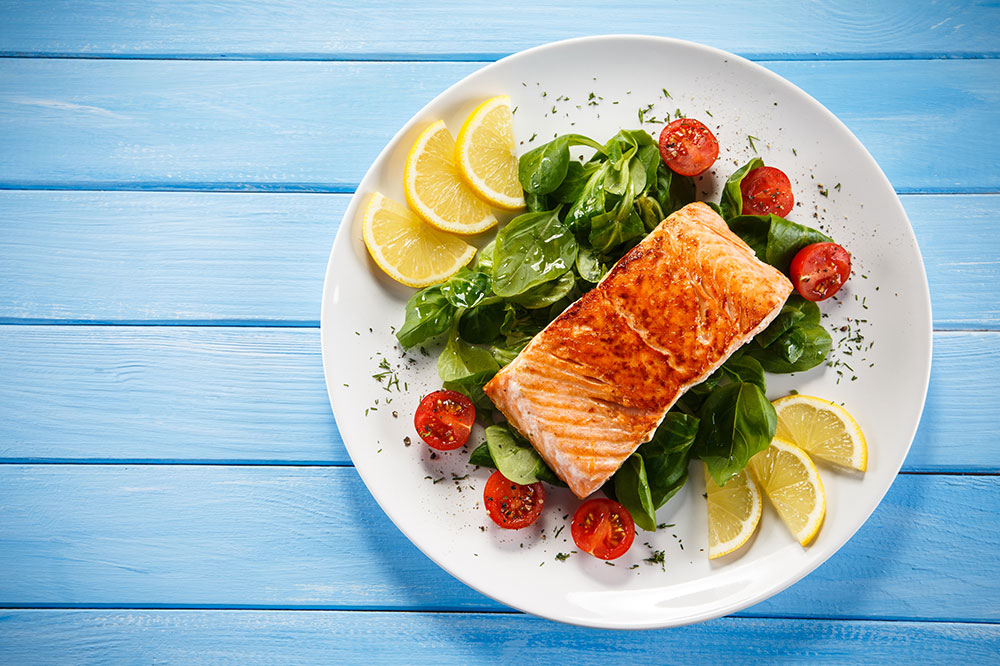Nourishing foods for sickle cell anemia patients
A genetic iron deficiency blood disorder is a disease that causes a deficiency of red blood cells in the body. A sickle cell anemia patient has low blood oxygen, which affects the hemoglobin. The abnormal hemoglobin leads to RBCs becoming rigid; hence, the name sickle cell anemia. Eating a balanced diet provides the nutrients required to maintain the health of a sickle cell anemia patient. Here are some foods that may help with essential nutrients.
Organ meats
Non-vegetarian sources of food contain heme iron. This type of iron is easier for the body to absorb than iron obtained from plant foods.

Fortified cereals
Breakfast cereals are some of the most common food items in various households. We all have some type of cereal lying in our kitchen pantry. Many among these are said to be fortified cereals to help them meet the body’s nourishment needs. For patients with iron deficiency, fortified cereals and other fortified foods are an excellent way to cope with the deficiency.
Seafood
According to the available sickle cell anemia information, seafood is beneficial for patients living with this condition. Seafood like mussels, clams, shrimps, and oysters are exceptionally healthy in dealing with sickle cell and/or iron deficiency anemia. These are also rich in nutrients like zinc and vitamin B12. Fishes like salmon, herring, tuna, and mackerel may also help in the process.
Chickpeas
Chickpeas are some of the richest sources of iron in the vegetable kingdom. A single cup of this pulse packs about 5 mg of iron and an abundant amount of protein; you can add it to salads, wraps, pizzas, or any dish of your choice and enhance the dish’s nutrient profile. Alternatively, it can also be had in the form of hummus, a famous eastern cuisine that can be paired with vegetable sticks or with bread for a flavor-packed meal.
Soybeans
Soy is a legume and is often acknowledged for its high protein content. Apart from that, it is also an equally rich source of iron. It is a non-heme source of iron and can be added to meals or had as a snack. Soybeans are also rich in copper, which helps keep the blood vessels healthy and optimize the immune system.
Spinach
One of the common sources of iron and folic acid is green veggies. Among these, spinach is common and easy to access. Apart from folic acid, a crucial nutrient in sickle cell anemia, spinach also includes calcium, protein, fiber, vitamin K, and vitamin A. A cup of cooked, blanched, or boiled spinach can deliver 6 mg of iron to the body. Additionally, a splash of lemon enhances the body’s ability to absorb the iron and folic acid in the food.

